Flying in an airplane is one of the quickest, safest, and most convenient ways to travel over great distances. Sadly, not every runway has lengthy, flat stretches. Not all airports allow pilots to land easily; some require special training and licenses. Even then, navigating cliffs, small runways, and wind shears are difficult. These are the flights where turbulence causes passengers' tummies feel queasy, causing them to hold their armrests tightly. These are the riskiest airports on earth, but if you can bear to keep your eyes open, you can witness some of the most spectacular takeoffs and landings ever!
Princess Juliana International Airport (SXM), Saint Martin


The St. Martin airport in the Caribbean is so close to a public beach and flies so low that anytime a plane lands, sunbathers receive a strong gust of wind and sand. With the seashore on one side and mountains on the other, the runway is only 7,100 feet long. Aviation enthusiasts gather on the beach to capture selfies of the dramatic take-offs and landings. Nevertheless, there are several signs warning people to stay aside since jet blast from jets can knock them down and injure them. And it did in 2017 when a woman who was pushed over while standing by the airport barrier died from brain injuries.
Svalbard Airport (LYR), Norway
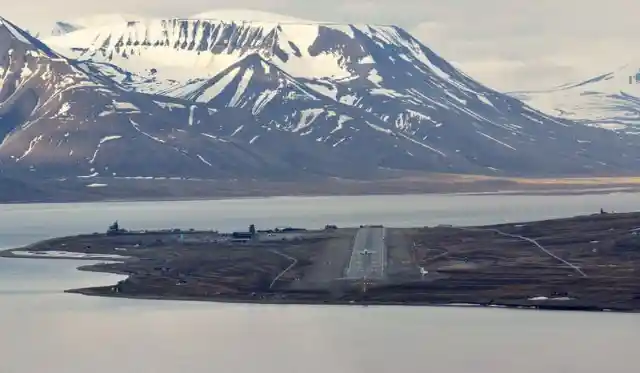

Svalbard Airport, Longyear (Svalbard lufthavn, Longyear) is a Norwegian airport serving the Svalbard archipelago. It was incredibly challenging to build this airport due to Svalbard's high northerly location. Ice has been used for structural work, such as the hangar, which is frozen into the ground by enormous pillars of ice. The airport is constructed on permafrost, so if the area thaws, it will be inoperable. To avoid this, however, a great deal of engineering has been done. For instance, the runway is insulated to maintain a colder temperature than the ground.
Juancho E. Yrausquin Airport, Saba


Juancho E. Yrausquin Airport serves the tiny Dutch Antilles island of Saba. The runway of this airport is exceptionally short and has cliffs at both ends, making it remarkable. The airport in Saba is renowned for having a 1,312-foot-long runway. Any errors made during takeoff or landing could have devastating consequences because the short runway ends with cliffs on each side. Those seeking to land at this airport must get a waiver to land since it is now closed.
Gisborne Airport, New Zealand
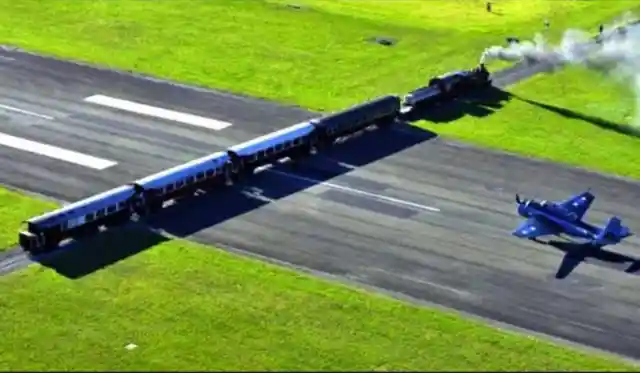
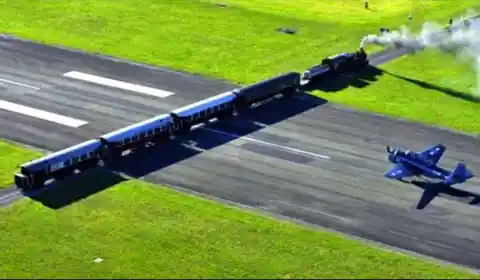
Gisborne Airport is a tiny regional airport on the western suburbs of Gisborne, on the East Coast of New Zealand's North Island. The airport is one of the few in the world with a railway line intersecting the runway. The Gisborne airport includes three grass runways and one main runway, which are connected by the Palmerston North - Gisborne Railway Line.
Lukla Airport, Nepal
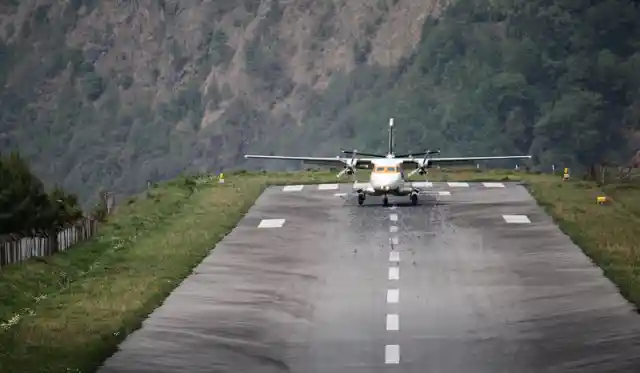

The Lukla Airport in Nepal serves as the primary airport for visitors to Mt. Everest. Because of its location between mountains and extremely short runway, this airport is notoriously challenging to land on. The airport is actually fairly small. The airport occasionally has power outages, which hinder controller communications. This makes landings dangerous even in ideal circumstances. The runway has only one direction and is only 1,600 feet (488 m) long, with steep slopes and angles. The runway has a mountain wall at one end and a spectacular 600-foot (2,000 m) drop into a valley at the other.
Courchevel Airport, France


The well-known French ski resort of Courchevel is served by Courchevel Airport, which is notorious for its dangerous conditions. With a high elevation of more than 6500 feet above sea level, this airport is tucked away in the French Alps. It's hardly surprising that this airport is listed as the seventh-most dangerous airport in the world given its challenging approach and exceptionally short (1722 feet in length) upward-sloping runway.
Madeira Airport, Portugal


Madeira Airport, also known as Cristiano Ronaldo International Airport, can make even the most seasoned travelers relish the feeling of the land beneath their feet when they touch down. The short airport has been expanded with 180 columns in the sea to make it safe for aircraft to land. It is ideally situated between cliffs and the ocean. The dramatic Atlantic winds add to the action, and it's well known for its rough landings that may jolt anyone. It makes sense that so few pilots are authorized to land here.
Paro Airport, Bhutan
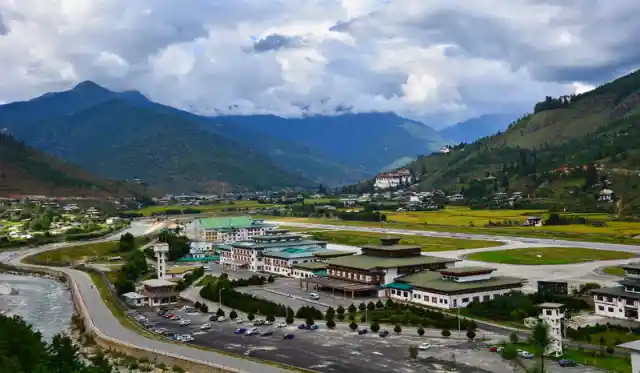
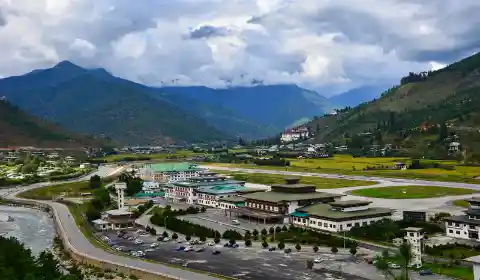
Bhutan's only international airport, Paro, is cantilevered 7,364 feet above sea level; nevertheless, due to the challenging approach, very few pilots are authorized to land there. Since there is no radar, planes must perform a manual approach, which is only permitted under good visibility situations (for example, daylight). They must also maneuver through hills and above residences before descending into the runway.
Gibraltar International Airport (GIB), Gibraltar
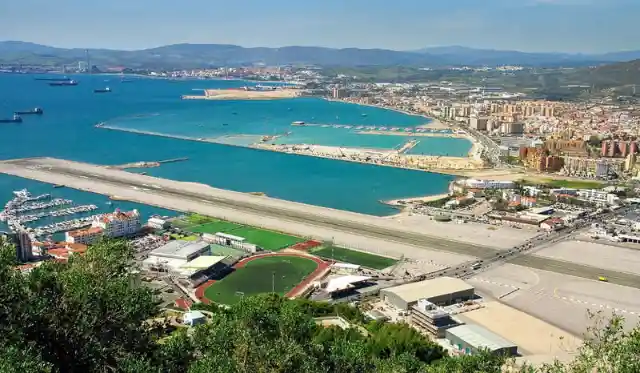
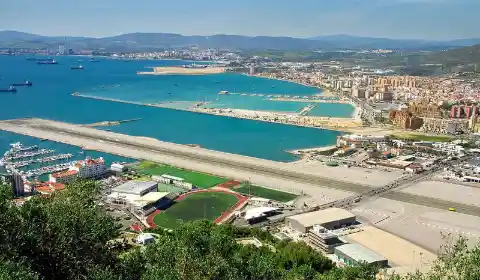
The oddest airport in southern Europe is definitely Gibraltar International Airport. Although landing on the runway isn't very challenging, a unique design element makes it highly dangerous. Pilots are forced to apply the brakes as soon as they touch down since the runway abruptly terminates with the sea on each side and is sandwiched between a rock and a busy city. The scariest part, though, is not that. Gibraltar is included on this list because the runway crosses a busy roadway, necessitating the closure of the road whenever a jet lands or takes off.
McMurdo Station Airport, Antarctica


You'll want to bite your fingers when you learn that Antarctica has no paved runways. McMurdo Airport in Antarctica provides pilots with a few inches of thin ice on which to land. The entire area below the aircraft is just an expanse of ice and snow. The weight of the aircraft that must land on this runway presents the biggest obstacle. Each plane's weight must be checked to prevent the ice landing strip from cracking or the aircraft from becoming stranded in the snow. It is understandable why it is on the list of airports that are the most dangerous in the world.